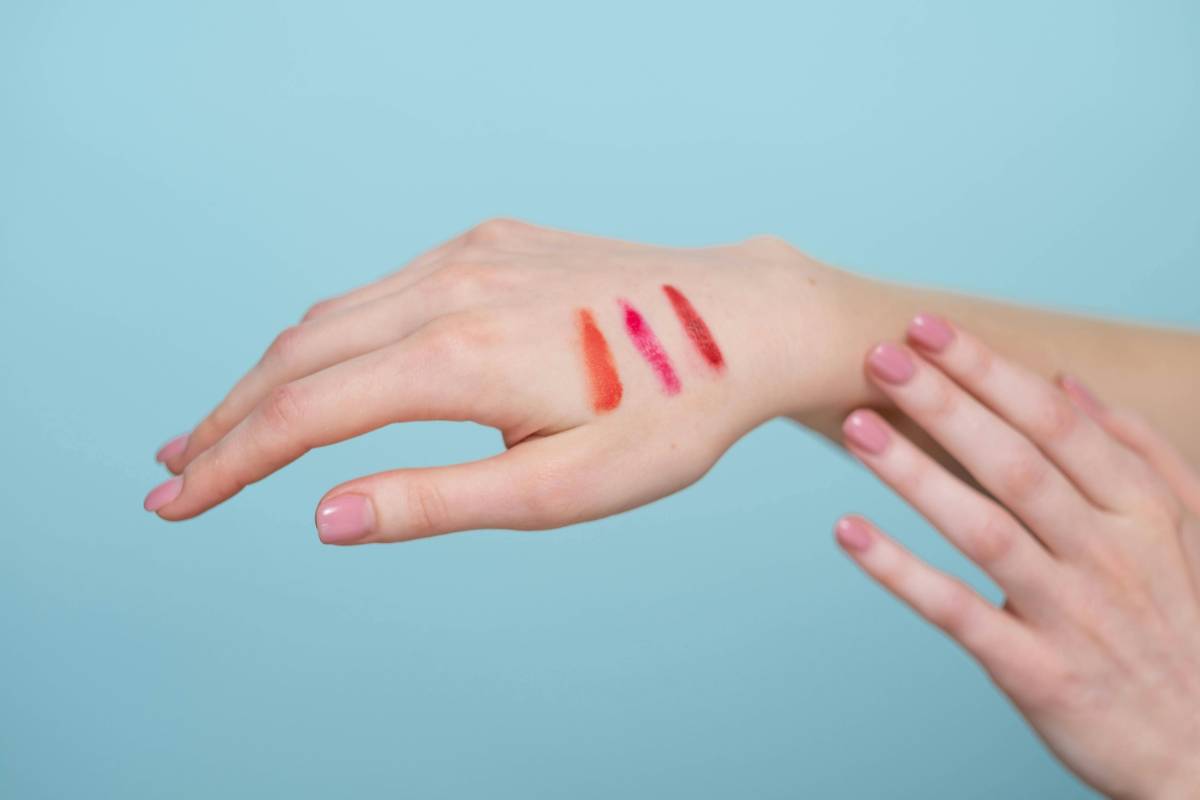

Choosing the right colors for your wardrobe is one of the simplest ways to enhance your overall look and feel more confident in your clothes. The key to finding the most flattering shades for you is understanding your skin tone. When you select colors that complement your natural complexion, you can create a harmonious and balanced look. Here's how to choose colors that will make you shine.

The first step in choosing flattering colors is understanding your skin tone. There are generally three main undertones: cool, warm, and neutral. To determine your undertone, look at the veins on the inside of your wrist. If they appear blue, you likely have a cool undertone. If they appear green, you likely have a warm undertone. If it’s hard to tell, you may have a neutral undertone.
Knowing your undertone will help you choose colors that naturally enhance your complexion.
If you have a cool undertone, your skin has hints of pink, blue, or purple. Cool undertones tend to look best in colors like jewel tones, including emerald green, sapphire blue, and amethyst purple. Additionally, cool-toned people can rock icy shades of pink, lavender, and cool blues.
When wearing neutrals, opt for cool-toned shades like black, white, gray, and navy. Avoid colors with yellow or orange undertones, as they can wash you out.
If your skin has a golden, yellow, or peachy hue, you have a warm undertone. Warm-toned individuals look stunning in earthy shades like terracotta, olive green, mustard yellow, and warm reds. Colors like coral, peach, and golden yellows also complement warm undertones beautifully.
For neutrals, stick to warmer shades like beige, camel, brown, and cream. Steer clear of overly cool-toned colors like icy blues or purples, which can clash with your natural warmth.
If you have a neutral undertone, you have a mix of both warm and cool tones in your skin. Luckily, neutral undertones have the flexibility to wear both cool and warm colors. You can rock soft shades like blush pink, jade green, and lavender, or more vibrant colors like turquoise and berry red.
When choosing neutrals, shades like taupe, gray, and ivory work well for neutral undertones. Neutral undertones have the freedom to experiment with various color combinations without worrying about them clashing.
In addition to your skin tone, your hair and eye color can also influence which colors flatter you the most. If you have dark hair and eyes, you might look great in deep, rich colors like burgundy, navy, or emerald. If you have lighter hair and eyes, softer shades like pastel blues, soft pinks, or light greens might work better.
Take into account the overall contrast between your hair, eyes, and skin when selecting colors. High contrast people can wear bold, contrasting colors, while those with lower contrast look better in more harmonious, softer combinations.
Once you have an understanding of the colors that flatter your skin tone, feel free to experiment with color blocking. Pairing contrasting colors in a single outfit, such as a deep red top with a turquoise skirt, can make a bold and stylish statement. Just make sure the colors you combine are flattering to your undertones.
This trend is an excellent way to bring new life to your wardrobe and create fun, eye-catching looks while still staying true to your color preferences.

Certain colors are associated with specific seasons, and these can help guide your wardrobe choices throughout the year. For instance, in the fall and winter, deeper, richer colors like burgundy, mustard yellow, and olive green are perfect for warm undertones. In the spring and summer, lighter, brighter colors such as coral, mint, and lavender look great for cool undertones.
Keep the season in mind when you shop for clothes or put together outfits to keep your look fresh and seasonally appropriate.
As you explore different shades, you may discover a color that feels particularly "you" and gives you that extra boost of confidence. Finding your signature color is a great way to curate a wardrobe that feels uniquely personal and flattering. Whether it’s a shade of red, blue, or even a metallic hue, your signature color should make you feel amazing every time you wear it.
Consider introducing your signature color into your outfits through accessories, tops, or even statement outerwear.
While knowing your skin tone is essential, don’t hesitate to try on different colors before you commit. Sometimes, a color may look different when you wear it versus when it’s just hanging on the rack. Testing out different options in natural light will give you a better idea of which colors truly suit your complexion.
Trust your instincts when it comes to colors. If you feel confident and happy when wearing a certain shade, it’s probably the right choice for you.
While bold colors are fun, neutrals are the foundation of any wardrobe. Neutral colors like black, white, beige, gray, and navy can easily be paired with any color in your wardrobe, making them versatile and flattering for all skin tones. Neutral tones are perfect for creating balanced and timeless outfits.
You can mix and match neutrals with pops of color, or create monochromatic looks using different shades of the same neutral for a more sophisticated approach.
No matter which colors you choose to wear, confidence is the ultimate secret to looking great. When you feel good in your clothes, you’ll naturally carry yourself with poise and elegance. Don’t be afraid to experiment with colors, and remember that wearing what makes you feel good is always the best choice.
Choosing colors that flatter your skin tone doesn’t have to be complicated. By understanding your undertones, experimenting with various shades, and trusting your instincts, you can create a wardrobe full of colors that make you feel radiant and confident.











